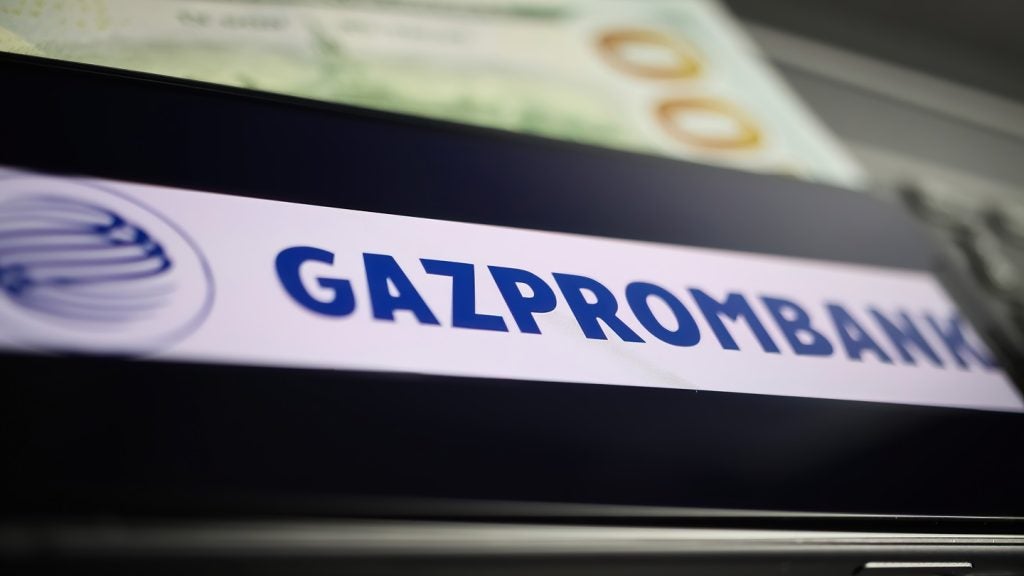Scottrade, the fifth-largest US online discount broker,
says it will roll out more retail branches and look to launch more
retail banking products – including mortgages and credit cards – in
2008 and beyond, despite the depressed US banking environment and
problems at core rival E*Trade. Charles Davis reports.
Against the backdrop of failed online brokerage models in the US
and a depressed banking industry, a St Louis- based player is
combining a fast-growing bricks-and-mortar network with a booming
online channel, and will soon add online consumer banking to the
mix.
Scottrade says that it anticipates receiving the necessary
regulatory approvals to launch an online thrift (savings and loan
operation) during the first quarter of 2008, which the discount
brokerage views as a launching pad for offering banking products
throughout its brokerage branch network and its online
business.
Some of Scottrade’s competitors have spent a great deal of time and
money over the past few years developing banking products and
services, so it may very well be a matter of keeping pace with
competition. Charles Schwab started a bank subsidiary in 2003, and
in February AG Edwards started a programme that offers Federal
Deposit Insurance Corporation (FDIC) insurance and the opportunity
to earn higher interest on deposits through AG Edwards Trust, a
federal savings bank.
Swept into a thrift
The first step for the online thrift will be a programme allowing
free credit balances from Scottrade Brokerage accounts to be swept
into the thrift, offering the start-up a rich source of deposits
and fostering cross-selling opportunities throughout the
institution.
“The addition of a bank will allow Scottrade to offer FDIC
insurance to eligible customers,” said a Scottrade spokesperson.
“Over time, Scottrade expects to expand its offering to include
most traditional retail banking products, such as savings accounts,
online checking accounts with bill payment, and certificates of
deposit.”
How well do you really know your competitors?
Access the most comprehensive Company Profiles on the market, powered by GlobalData. Save hours of research. Gain competitive edge.

Thank you!
Your download email will arrive shortly
Not ready to buy yet? Download a free sample
We are confident about the unique quality of our Company Profiles. However, we want you to make the most beneficial decision for your business, so we offer a free sample that you can download by submitting the below form
By GlobalDataScottrade officials have said that those offerings could grow in
the future to include credit cards and consumer loans. Despite the
recent troubles in the mortgage industry, company officials have
said that home loans are on the table for the long term as
well.
Scottrade is ideally positioned to leap into the banking and
brokerage blend, having the good fortune to have a customer base
that has embraced the internet and the company’s online trading
platform. Revenue hit $789 million for the fiscal year ending 30
September, more than quadrupling over five years. The company has
1.66 million active customer accounts.
Scottrade has the largest branch network among online brokerages,
with 325 branches across the US. The branch network is one of its
great strengths, according to the group, giving Scottrade a natural
extension into retail banking should it choose to pursue that
strategy. By 2010, the company plans to have 500 branches; it says
it will open 44 branches this year and 50 next year.
Such an aggressive branch strategy might seem a bit odd for what is
at heart an online brokerage – 98 percent of transactions occur
online. But the company views its branches as vital to customer
service, and hence retention, and considers them to be a key
differentiator between Scottrade and online-only competitors.
Not only do customers get a live person when they call, they can
often request a broker by name and speak with that employee each
time. All Scottrade customers are assigned to a branch based on
home ZIP codes, and calls are directed to branch staff
members.
Nonetheless, the company was among the first to launch an online
trading platform, Scottrade.com, in 1996. The brokerage took the
website’s name four years later. Investments in the online channel
paid off, and today Scottrade prides itself on the speed at which
trades are processed – an average of around four seconds (see
chart).
The firm is ranked fastest in response time by Gomez, a
US research company, and last year was ranked among the top three
brokerage websites by Keynote Systems, an internet performance
testing company, on measures that included customer experience and
satisfaction with online features.
Scottrade’s crowning achievement for 2007 may be its top ranking in
investor satisfaction in the Online Investing Services sector for
the seventh time in JD Power and Associates’ 2007 Online Investor
Satisfaction Study. The study included 5,024 investors who
completed one online trade in the past 12 months. Scottrade
received a total satisfaction index score of 825, which was 41
points higher than the online brokerage industry average score of
784.

A reshaped brokerage industry
Once considered an up-and-coming player, Scottrade
suddenly finds itself atop a reshaped discount brokerage landscape.
The record stock market highs that enticed many everyday investors
to do some trading are a thing of the past, and the past few months
have seen a bit of a shakeout, thanks in no small part to the
effects of the subprime crisis.
The stock of one of Scottrade’s top-shelf competitors, E*Trade,
sank to distressed levels, losing 85 percent of its value in six
months due to the company’s large exposure to mortgage assets
(see RBI 583). On 29 November, E*Trade announced an
agreement with the Chicago-based hedge fund Citadel, whereby the
firm bought a $3 billion portfolio of asset backed-securities for
just $800 million.
That’s a fire sale price, and one that will hobble the market
leader for some time.







